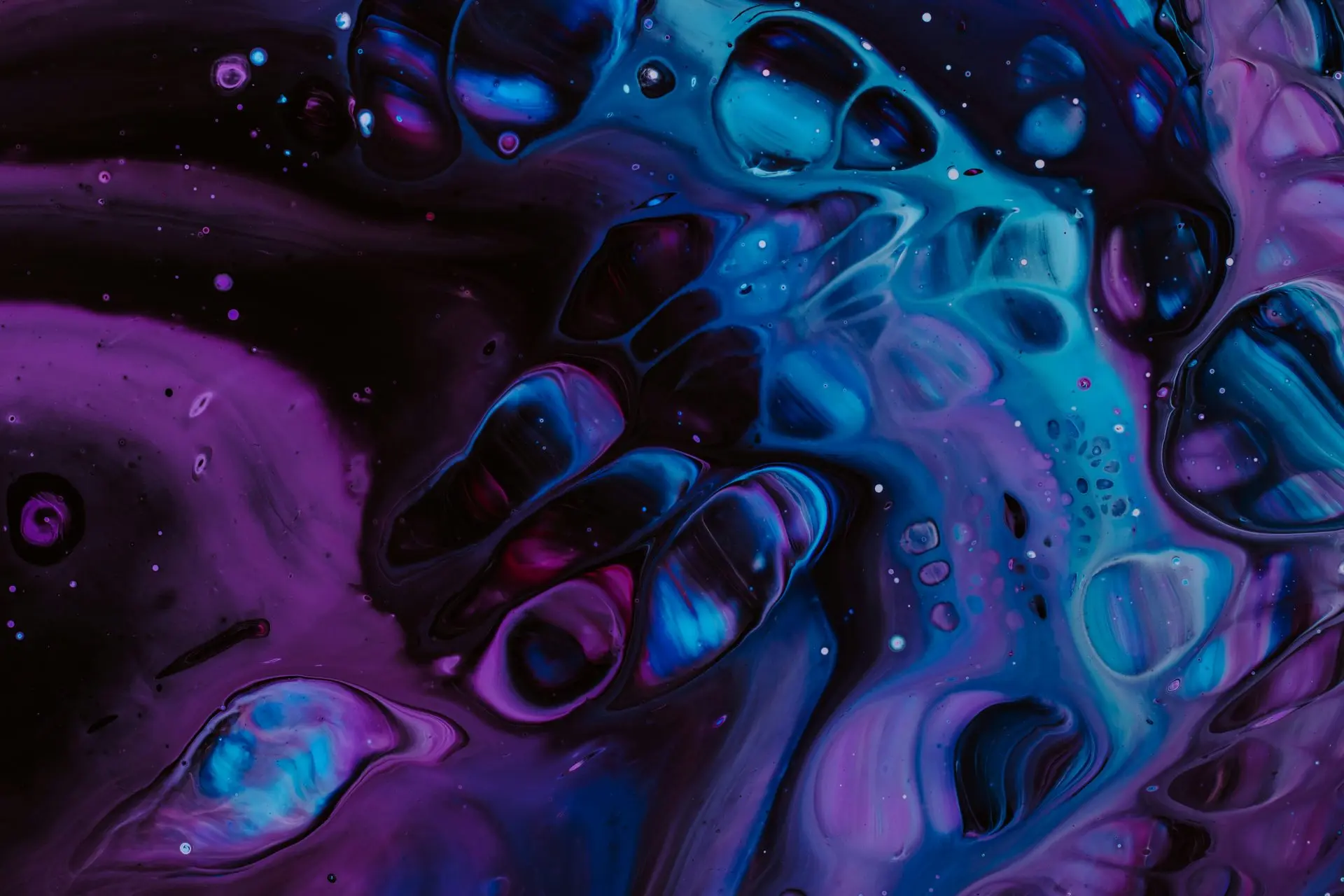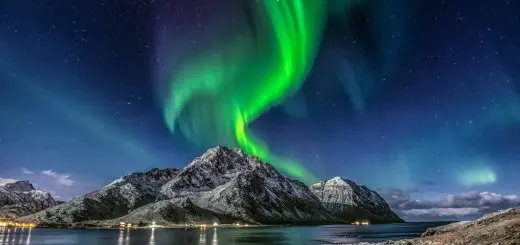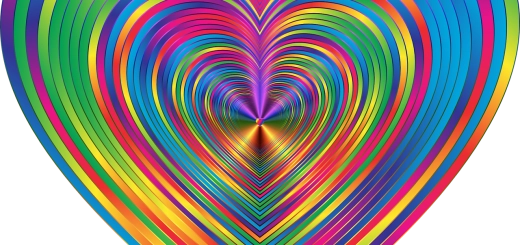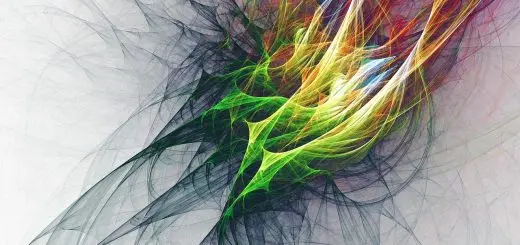What Is the Meaning Behind Halloween Symbols and Decorations?

Looking for more amazing products? Check out our online store and explore our collection here! Happy shopping!
Before diving in, please note: This post is for informational purposes only. If you’d like to know more about how we approach topics, feel free to check out our friendly Disclaimer Page.
Hey there, amazing readers! 
We’re committed to delivering quality posts, and your support (even just sticking around despite the ads) means everything to us. So, bear with us, and thanks for helping us keep the good vibes rolling. Now, on to the fun stuff!
TRANSLATE BUTTON AT THE END OF THE ARTICLE
Introduction
Halloween is rich with symbols and decorations, each with its own history and significance.
From jack-o’-lanterns to witches’ hats, these elements are more than just festive; they carry deep-rooted meanings tied to ancient customs, superstitions, and cultural practices.
This article explores the origins and meanings behind some of the most iconic Halloween symbols and decorations.
Jack-o’-Lanterns
Origins and Evolution
The tradition of carving jack-o’-lanterns began in Ireland, where turnips were originally used.
The story of Stingy Jack, a folk character who tricked the devil and was condemned to wander the earth with a carved turnip lantern, gave rise to this custom.
When Irish immigrants brought this tradition to America, they found pumpkins, which were larger and easier to carve, and the use of pumpkins became widespread.
Symbolism
Jack-o’-lanterns are often associated with warding off evil spirits.
The glowing light inside the pumpkin represents the spirit of Stingy Jack or a similar figure, believed to protect the home from malevolent entities.
Today, they serve as a symbol of Halloween’s spooky and playful spirit.
Ghosts
Historical and Cultural Significance
Ghosts are a central theme in Halloween folklore.
Historically, many cultures believed that the boundary between the living and the dead was particularly thin during the fall, leading to various customs designed to appease or protect against wandering spirits.
In medieval Europe, people would dress as ghosts or spirits to blend in with or ward off real ghosts.
Symbolism
Ghosts symbolize the supernatural and the unknown.
They reflect the Halloween tradition of confronting fears and exploring themes of death and the afterlife.
Their presence in decorations and costumes taps into the holiday’s eerie and mysterious atmosphere.
Witches
Historical Background
Witches have been associated with Halloween for centuries.
The witchcraft craze of the 16th and 17th centuries, particularly in Europe, contributed to the witch’s association with dark magic and the supernatural.
Witches were believed to have connections with the spirit world and were often depicted in folklore as engaging in malevolent practices.
Symbolism
Witches represent the supernatural and the unknown.
Their association with Halloween is linked to the holiday’s exploration of the mystical and the magical.
Decorations featuring witches often include symbols like broomsticks, cauldrons, and pointed hats, which evoke the traditional image of witches from folklore and pop culture.
Black Cats
Historical and Superstitious Beliefs
Black cats have been long associated with superstition and the supernatural.
In medieval Europe, black cats were believed to be witches’ familiars or even shape-shifted witches themselves.
Their presence was thought to bring bad luck, particularly during Halloween.
Symbolism
Black cats symbolize mystery and the unknown.
Their association with witches and the supernatural adds to their role in Halloween decor, representing the holiday’s eerie and mystical aspects.
Despite their dark reputation, black cats are now a beloved Halloween symbol and often feature in decorations and costumes.
Spiders and Webs
Origins and Significance
Spiders and cobwebs have a spooky connotation in Halloween lore.
They are often associated with haunted houses and abandoned places, adding to the holiday’s eerie ambiance.
The use of fake cobwebs and plastic spiders in Halloween decorations reflects the idea of decay and neglect, common themes in horror and gothic literature.
Symbolism
Spiders symbolize the creepy and unsettling aspects of Halloween.
Their webs represent entanglement and the supernatural, enhancing the holiday’s atmosphere of fear and mystery.
They are a popular decoration choice due to their ability to evoke a sense of spookiness and surprise.
Skeletons
Historical and Cultural Context
Skeletons have been a part of Halloween for centuries, linked to the celebration of the dead and the afterlife.
In various cultures, skeletons are symbols of death and the fragility of human existence.
They are often depicted in a playful or macabre manner during Halloween, reflecting the holiday’s blend of spooky and fun elements.
Symbolism
Skeletons symbolize mortality and the celebration of life and death.
They serve as a reminder of the inevitable nature of death while also celebrating the lives of those who have passed.
In Halloween decor, skeletons are often portrayed in humorous or whimsical ways, adding to the holiday’s festive spirit.
Bats
Historical Associations
Bats have been associated with Halloween due to their nocturnal nature and association with the supernatural.
In medieval Europe, bats were believed to be witches in disguise or messengers of the underworld.
Their appearance in Halloween decorations plays on these eerie associations.
Symbolism
Bats symbolize darkness and the supernatural.
Their presence in Halloween decor enhances the spooky atmosphere and connects with themes of the night and the unknown.
They are often featured in decorations, adding a touch of mystery and excitement to Halloween celebrations.
Conclusion
Halloween symbols and decorations are deeply rooted in history and tradition, each carrying its own unique significance.
From the ancient customs of carving jack-o’-lanterns to the modern-day use of ghosts, witches, and skeletons, these elements contribute to the rich tapestry of Halloween celebrations.
Understanding their meanings enhances our appreciation of the holiday and connects us to a broader cultural heritage.
As Halloween continues to evolve, these symbols remain a cherished part of the festivities, reflecting both the spooky and playful aspects of the season.

The Enlightenment Journey is a remarkable collection of writings authored by a distinguished group of experts in the fields of spirituality, new age, and esoteric knowledge.
This anthology features a diverse assembly of well-experienced authors who bring their profound insights and credible perspectives to the forefront.
Each contributor possesses a wealth of knowledge and wisdom, making them authorities in their respective domains.
Together, they offer readers a transformative journey into the realms of spiritual growth, self-discovery, and esoteric enlightenment.
The Enlightenment Journey is a testament to the collective expertise of these luminaries, providing readers with a rich tapestry of ideas and information to illuminate their spiritual path.
Our Diverse Expertise
While our primary focus is on spirituality and esotericism, we are equally passionate about exploring a wide range of other topics and niches 

To ensure we provide the most accurate and valuable insights, we collaborate with trusted experts in their respective domains 
Our blog originally focused on spirituality and metaphysics, but we’ve since expanded to cover a wide range of niches. Don’t worry—we continue to publish a lot of articles on spirituality! Frequently visit our blog to explore our diverse content and stay tuned for more insightful reads.
Hey there, amazing reader! 
Check out our store here and take a peek at some of our featured products below! Thanks for being awesome!










